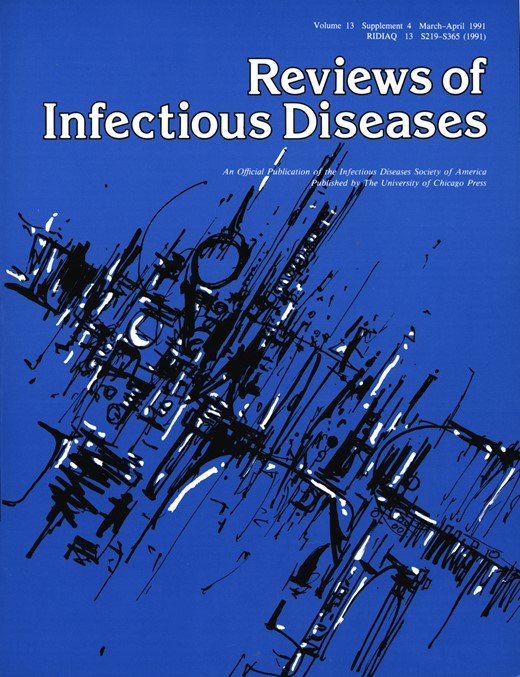-
Views
-
Cite
Cite
Michael L. Bennish, Bogdan J. Wojtyniak, Mortality Due to Shigellosis: Community and Hospital Data, Reviews of Infectious Diseases, Volume 13, Issue Supplement_4, March-April 1991, Pages S245–251, https://doi.org/10.1093/clinids/13.Supplement_4.S245
Close - Share Icon Share
Abstract
Almost all fatal cases of shigellosis occur in developing countries, and data on mortality are generally compiled from three sources: investigations of epidemics caused by Shigella dysenteriae type 1, surveillance of endemic diarrheal disease, and reports from hospitals. Attack rates during epidemics of dysentery due to infection with S. dysenteriae type 1 have ranged from 1% to 33%, and case-fatality rates have ranged from 1% to 7%. In Matlab, a rural district in Bangladesh, most diarrhea-related deaths and ∼25% of all deaths among children 1 through 4 years of age are attributable to dysentery. In 1984, an epidemic of dysentery was associated with a 42% increase in the death rate in that age group. At the Dhaka Treatment Centre of the International Centre for Diarrhoeal Disease Research, Bangladesh, the fatality rate for 970 inpatients with shigellosis was 11% in 1988, with most deaths occurring among malnourished children who were infected with Shigella flexneri. Control of mortality from shigellosis will require prevention of epidemic S. dysenteriae type 1 disease and endemic S. flexneri infections in children who live in countries with a high prevalence of malnutrition.







Comments